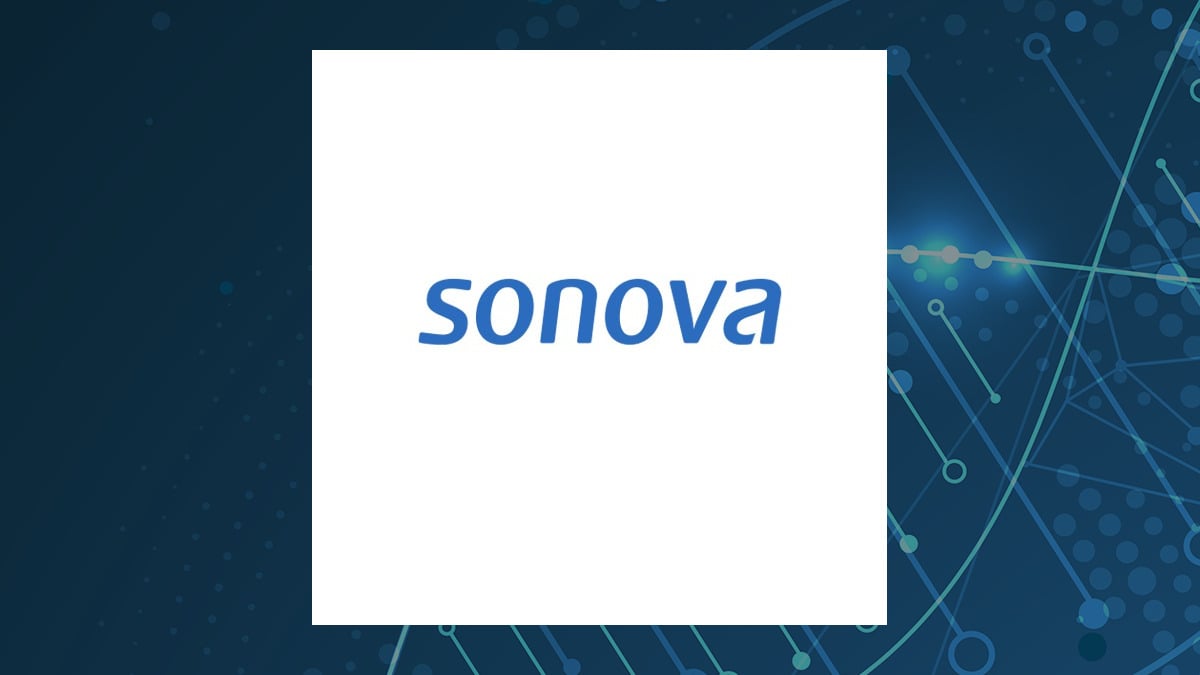In 2025, email marketing is witnessing a remarkable resurgence, with recent data indicating significant increases in both engagement and returns on investment (ROI). A comprehensive report by Omnisend reveals that email marketing now averages a return of $42 for every dollar spent, surpassing many other digital marketing strategies. As the global email user base is projected to reach 4.6 billion, marketers are adapting to a landscape where open rates and click-through rates are climbing steadily.
Rising Engagement Metrics
The latest figures show that average open rates for email campaigns have improved to between 21% and 25%, a noticeable increase attributed to better targeting and mobile optimization. The holiday seasons further amplify this trend, with mobile email opens peaking at 44.2% during peak shopping periods. This shift demonstrates the necessity for responsive designs, as consumers increasingly check emails on their mobile devices.
Data from Constant Contact indicates that click-through rates (CTRs) are also on the rise, averaging around 2% to 3% across various industries. This improvement is largely due to sophisticated segmentation strategies, where emails tailored based on user behavior can generate up to 760% more revenue than generic campaigns. Lifecycle automation, which triggers messages according to customer journeys, is particularly effective, accounting for 87% of automated revenue, as highlighted by Omnisend.
The integration of artificial intelligence (AI) and machine learning technologies plays a crucial role in enhancing email marketing effectiveness. Experts emphasize that AI-powered personalization has become essential for standing out in crowded inboxes. With predictive analytics, marketers can optimize send times and tailor content to individual preferences, thereby boosting engagement.
Mobile Dominance and Automation
The dominance of mobile devices in email engagement is evident, with reports showing that 60% to 62% of all emails are now opened on mobile platforms. This trend necessitates mobile-first designs, incorporating shorter subject lines and easily scannable content to capture the attention of on-the-go consumers. Tools like those offered by GetResponse facilitate segmented campaigns that drive higher conversion rates. Their statistics reveal that automated emails can yield 320% more revenue compared to non-automated messages, particularly effective in e-commerce settings where abandoned cart reminders can recover lost sales.
Real-world applications demonstrate the success of these strategies. Brands utilizing behavioral segmentation report engagement rates soaring by 87%, underscoring the importance of relevance in communication. This targeting ensures that brands can connect effectively with their audiences, a feat that social media often struggles to achieve amid growing privacy regulations.
Lifecycle automation has fundamentally transformed revenue streams, contributing significantly to overall earnings. Insights from Entrepreneur’s HQ suggest that integrating automation with customer relationship management (CRM) systems can yield ROI benchmarks as high as 4,200%. This is especially true in retail, where welcome series and re-engagement flows keep customers informed and engaged.
Marketing influencer Chase Dimond recently highlighted the effectiveness of email campaigns, tweeting about average ROIs ranging from 36x to 42x, which far exceed those of other marketing channels.
As the landscape of email marketing evolves, strategic imperatives for 2025 include focusing on data hygiene. Removing inactive subscribers can significantly enhance open rates, with some marketers achieving rates of over 40% by cleaning their lists. Additionally, the integration of SMS and other emerging technologies into multichannel campaigns is becoming increasingly important, as evidenced by data from Omnisend showing complementary boosts in ROI.
Compliance with privacy regulations, such as the General Data Protection Regulation (GDPR) and the California Consumer Privacy Act (CCPA), will shape email marketing practices in the coming years. Reports suggest that maintaining transparency in data use is crucial for building trust and ensuring high engagement levels amidst regulatory scrutiny.
In conclusion, the convergence of email marketing with AI analytics signals a future where precision and personalization will continue to drive engagement. As indicated by industry voices, creative content and innovative approaches will be essential for standing out in the crowded digital marketplace, reinforcing email’s position as a vital tool for marketers in 2025 and beyond.







